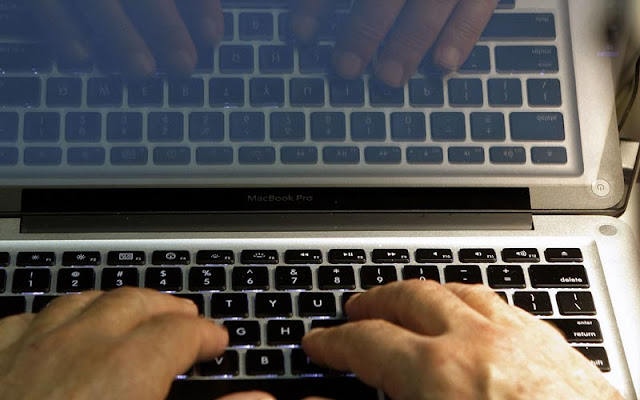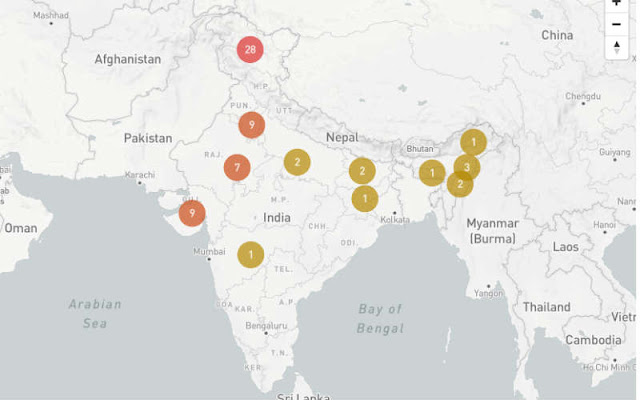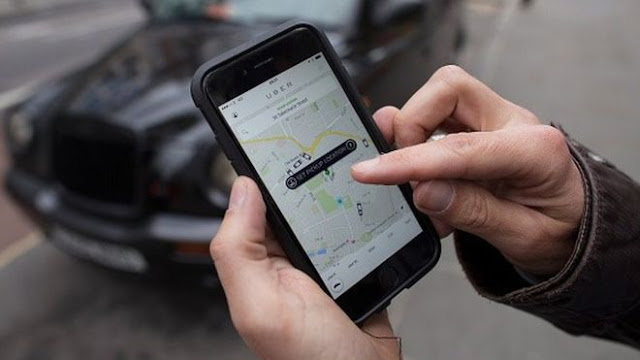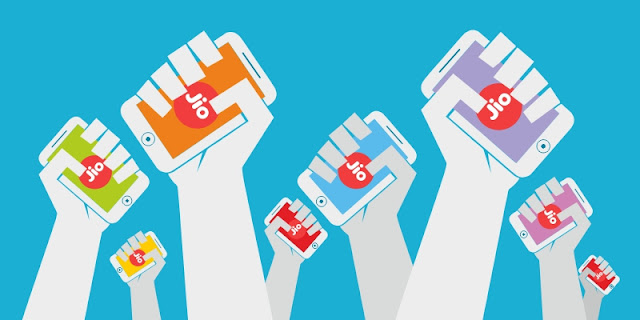The view on Internet shutdowns in India often gets boxed between voices around free speech vs those around law and order and how every right comes with reasonable restrictions. But with Prime Minister Modi’s grand plans of Digital India, and massive push on the idea of a cashless economy, a kill switch on the internet has some real consequences.
Brookings Institute estimates India lost over $968 million between July 1, 2015 and June 30, 2016 thanks to internet shutdowns alone. In total, the world lost around $2.4 billion due to to internet shutdowns by governments, but if you go by the Brookings paper, India was on top of the list.
Internetshutdowns.in is one such website by the Software Freedom Law Centre, India (SFLC.in), which is keeping a track of the issue in India. In the first three months of 2017 alone, India has had over seven Internet shutdowns already. One of the instances is Nagaland, where the internet and mobile services were down for nearly a month from January 30 to February 20. The website crowdsources this information and relies on media reports to put together this data. It also has people on the ground, volunteers who are keeping a track of the issue.
As SFLC India’s President and Legal Director Mishi Choudhary explains in an interaction with IndianExpress.com over
Skype, internet shutdowns in India are a problem, and it is not simply about free speech. “People keep telling us about total blackout of mobile internet in some places. We knew that on Independence day in Jammu and Kashmir, there is no mobile internet. There was a UN resolution in July 2016, where the Human Rights Council condemned Internet shutdowns by government. In India, the reaction is that free speech should have reasonable restrictions,” Choudhary told us.
“When the Patidar movement was happening in Gujarat, the internet services were shut down. The idea is we don’t want people to talk with one another on WhatsApp, and plans rallies. But for the police, if you know the dates in advance, etc, since people have to take permission for protests, then how is shutting down the Internet valid. People have a right to protest and assemble peacefully,” she added.
According to Internetshutdowns.in, India has had over 66 shutdowns since 2012, and the target is inevitably the mobile internet services. Also 23 of the 62 Internet shutdowns since 2012 lasted 24 hours or less, 12 lasted for 73 hours or more. In Jammu and Kashmir, the clampdown on the internet lasted for months with services remaining down from July to November 2016.
On the Nagaland internet shutdown, Choudhary gives an example of the real world impact. One of the surgeons who contacted the group told them, she had great difficulties in procuring patient information thanks to the internet shutdown in the state.
“See the assumption is that only totalitarian regimes do it like a Turkey does it or Russia, etc. Or it is done because there can be a riot. But we’ve seen this happen in Gujarat in September 2015 as well over Ganesh Visarajan, when they were worried about derogatory messages around Islam being shared over WhatsApp,” points out Choudhary.
The IT Act’s Section 69 A has a clause, which does give the government the right to block access to some Internet URLs in a situation where violence is feared, or there’s a threat to national security. Part of Section 69A reads as follows,
“Power to issue directions for blocking for public access of any information through any computer resource. (1) Where the Central Government or any of its officer specially authorised by it in this behalf is satisfied that it is necessary or expedient so to do, in the interest of sovereignty and integrity of India, defence of India, security of the State, friendly relations with foreign States or public order or for preventing incitement to the commission of any cognizable offence relating to above, it may subject to the provisions of sub-section (2) for reasons to be recorded in writing, by order, direct any agency of the Government or intermediary to block for access by the public or cause to be blocked for access by the public any information generated, transmitted, received, stored or hosted in any computer resource.
But as Choudhary points out, there are rules in process for this internet shutdown as well, and in most cases they are never followed.
“I’m not in favour of Section 69A rules; but having said that… and because India has a history of riots. There are rules under 69A, there has to be a petition to the nodal officer, then the joint secretaries of home, law and I&B are involved, they sit together and somebody from CERT-in (the computer emergency response team) has to be there. Then they issue an order, which has to be reviewed again. So there is a checks and balances system in place, but what happens is different. It is the State govt, which is doing it with Section 144,” says Choudhary.
Section 144 gives a magistrate the power to prohibit an assembly of more than four people in an area in an emergency situation. But In some states, these orders can in some cases also include a clamp down on mobile internet, because it is seen as the primary means by which people come together in today’s age.
But with Digital India and demonetisation, Choudhary points out there are serious issues with a total clampdown on the internet. “How do you do Digital India, when do you a blanket shutdown? The problem now happening is that with Digital India and demonetisation all of us do our banking online, order food online, etc; and then you just decide to pull the plug on the Internet, then you’ve brought the entire economy on its knees,” she argues.
Also a clampdown on just mobile internet would create an unequal system; while those who might have a fixed line or broadband at home won’t be affected, many of the lower-income people are dependent solely on mobile internet are suddenly cut-off.
Choudhary admits there are no easy answers in cases where say internet is used to mobilise groups for riots. But she points out that blanket shutdowns need to end, and at least the process laid out in the Act should be followed. “There is a committee, a process in the act. Stick with that for now. Then, at least, they will have to review an internet shutdown. The case isn’t just about free speech. You can’t even run your business in case of an internet shutdown,” she argues.
According to Choudhary, policy makers will need wider consultations around the issue involving perhaps more of the younger generation, start-ups, VC to figure out this problem. “If you shut off internet in one part, what’s the guarantee you won’t do it in Delhi,” she asks.
























